In the vast landscape of Mexican cuisine, there exists a humble yet vital ingredient that often goes unnoticed – the peanut. Known as “cacahuate” in Spanish, this versatile legume plays a significant role in the culinary traditions of Mexico, adding depth of flavor and texture to a wide range of dishes. The peanut, often overshadowed by its more glamorous counterparts, has been a staple in Mexican cooking for centuries. Native to the Americas, peanuts have been cultivated in Mexico since ancient times, with archaeological evidence suggesting that they were a part of the diet of indigenous peoples long before the arrival of the Spanish conquistadors. One of the most popular ways in which peanuts are used in Mexican cuisine is in the form of sauces. One such sauce is the iconic mole, a complex and richly flavored sauce that is often served with meats such as chicken or pork. Peanuts are a key ingredient in mole, adding a nutty undertone and a creamy texture to the sauce. The combination of peanuts with other ingredients such as chilies, chocolate, and spices creates a symphony of flavors that is both comforting and deeply satisfying. In addition to sauces, peanuts are also used in a variety of snacks and street foods in Mexico. Roasted peanuts, known as “cacahuates garapiñados,” are a popular snack choice, enjoyed on their own or as part of a mix with other nuts and seeds. These crunchy and flavorful peanuts are often coated in a sweet glaze, adding a delightful contrast of textures and flavors.
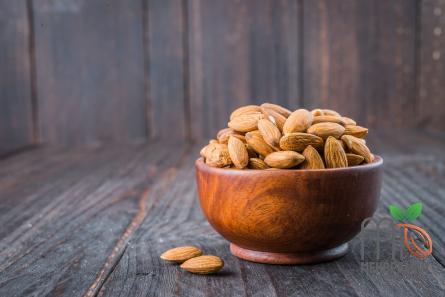
.
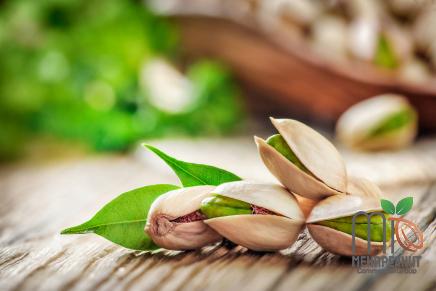 Another beloved peanut-based snack in Mexico is “cacahuates japoneses,” a crunchy and spicy treat made by coating roasted peanuts with a savory mix of soy sauce, chili powder, and other seasonings. These addictive snacks are a favorite at parties and gatherings, providing a burst of umami flavor with every bite. Peanuts are also a key ingredient in traditional Mexican desserts, adding richness and nuttiness to sweet treats such as “cajeta de cacahuate,” a creamy caramel sauce made from peanuts, sugar, and milk. This decadent sauce is often drizzled over ice cream or used as a filling for pastries, creating a luscious and indulgent dessert experience. Beyond their use in savory dishes and snacks, peanuts hold a special place in Mexican beverage culture as well. One popular drink that features peanuts is “atole de cacahuate,” a warm and comforting beverage made from peanut milk, corn masa, and sweetened with sugar or piloncillo. This creamy and satisfying drink is often enjoyed during cold winter months, providing nourishment and a sense of comfort. In Mexican markets and grocery stores, one can find a wide variety of peanut products, from raw peanuts in their shells to roasted and flavored peanuts in various forms. Peanuts are also commonly used in the production of peanut butter, a beloved staple in many Mexican households. Whether spread on toast, drizzled over fruits, or used as a filling for sandwiches and pastries, peanut butter is a versatile and delicious ingredient that adds a nutty richness to a wide range of dishes.
Another beloved peanut-based snack in Mexico is “cacahuates japoneses,” a crunchy and spicy treat made by coating roasted peanuts with a savory mix of soy sauce, chili powder, and other seasonings. These addictive snacks are a favorite at parties and gatherings, providing a burst of umami flavor with every bite. Peanuts are also a key ingredient in traditional Mexican desserts, adding richness and nuttiness to sweet treats such as “cajeta de cacahuate,” a creamy caramel sauce made from peanuts, sugar, and milk. This decadent sauce is often drizzled over ice cream or used as a filling for pastries, creating a luscious and indulgent dessert experience. Beyond their use in savory dishes and snacks, peanuts hold a special place in Mexican beverage culture as well. One popular drink that features peanuts is “atole de cacahuate,” a warm and comforting beverage made from peanut milk, corn masa, and sweetened with sugar or piloncillo. This creamy and satisfying drink is often enjoyed during cold winter months, providing nourishment and a sense of comfort. In Mexican markets and grocery stores, one can find a wide variety of peanut products, from raw peanuts in their shells to roasted and flavored peanuts in various forms. Peanuts are also commonly used in the production of peanut butter, a beloved staple in many Mexican households. Whether spread on toast, drizzled over fruits, or used as a filling for sandwiches and pastries, peanut butter is a versatile and delicious ingredient that adds a nutty richness to a wide range of dishes.
..
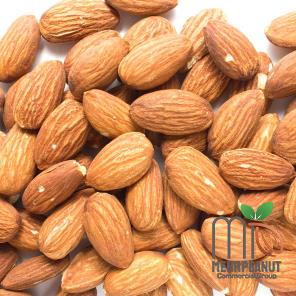 In conclusion, the humble peanut plays a significant role in the rich tapestry of Mexican cuisine, adding depth of flavor, texture, and nutritional value to a wide range of dishes. From savory sauces and snacks to indulgent desserts and comforting beverages, peanuts are a versatile and beloved ingredient that reflects the diverse and vibrant culinary traditions of Mexico. So next time you find yourself in a Mexican market or restaurant, be sure to give peanuts the attention they deserve and savor the unique and delicious ways in which they are used in this vibrant and flavorful cuisine. The versatility of peanuts in Mexican cuisine extends beyond traditional recipes and into innovative culinary creations that showcase the adaptability and creativity of this humble legume. Chefs and home cooks alike have been experimenting with new ways to incorporate peanuts into dishes, elevating them from a simple ingredient to a star player in the culinary scene. One such innovative use of peanuts in Mexican cuisine is in the creation of peanut-based salsas. These salsas, made by blending roasted peanuts with ingredients such as tomatoes, onions, chilies, and herbs, offer a unique and flavorful twist on traditional salsa recipes. The addition of peanuts adds a creamy texture and a nutty flavor to the salsa, creating a delicious accompaniment to tacos, quesadillas, and grilled meats. Peanuts are also finding their way into modern interpretations of classic Mexican dishes, such as tacos, tamales, and enchiladas. Chefs are experimenting with incorporating peanuts into fillings, sauces, and garnishes, adding a new dimension of taste and texture to these beloved dishes. The nutty flavor of peanuts pairs well with the bold and spicy flavors of Mexican cuisine, creating a harmonious balance that delights the taste buds. In the realm of desserts, peanuts are being used in innovative and creative ways to create decadent treats that satisfy sweet cravings.
In conclusion, the humble peanut plays a significant role in the rich tapestry of Mexican cuisine, adding depth of flavor, texture, and nutritional value to a wide range of dishes. From savory sauces and snacks to indulgent desserts and comforting beverages, peanuts are a versatile and beloved ingredient that reflects the diverse and vibrant culinary traditions of Mexico. So next time you find yourself in a Mexican market or restaurant, be sure to give peanuts the attention they deserve and savor the unique and delicious ways in which they are used in this vibrant and flavorful cuisine. The versatility of peanuts in Mexican cuisine extends beyond traditional recipes and into innovative culinary creations that showcase the adaptability and creativity of this humble legume. Chefs and home cooks alike have been experimenting with new ways to incorporate peanuts into dishes, elevating them from a simple ingredient to a star player in the culinary scene. One such innovative use of peanuts in Mexican cuisine is in the creation of peanut-based salsas. These salsas, made by blending roasted peanuts with ingredients such as tomatoes, onions, chilies, and herbs, offer a unique and flavorful twist on traditional salsa recipes. The addition of peanuts adds a creamy texture and a nutty flavor to the salsa, creating a delicious accompaniment to tacos, quesadillas, and grilled meats. Peanuts are also finding their way into modern interpretations of classic Mexican dishes, such as tacos, tamales, and enchiladas. Chefs are experimenting with incorporating peanuts into fillings, sauces, and garnishes, adding a new dimension of taste and texture to these beloved dishes. The nutty flavor of peanuts pairs well with the bold and spicy flavors of Mexican cuisine, creating a harmonious balance that delights the taste buds. In the realm of desserts, peanuts are being used in innovative and creative ways to create decadent treats that satisfy sweet cravings.
…
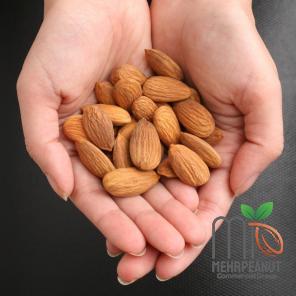 From peanut butter-flavored ice creams and sorbets to peanut brittle and nougat candies, peanuts are becoming a star ingredient in the world of Mexican sweets. The rich and nutty flavor of peanuts complements a variety of sweet flavors, adding depth and complexity to desserts that are both familiar and exotic. The health benefits of peanuts are another reason for their popularity in Mexican cuisine. Peanuts are a good source of protein, fiber, and healthy fats, making them a nutritious and satisfying addition to meals. In a country where food is deeply intertwined with culture and tradition, the incorporation of peanuts into dishes reflects a commitment to both flavor and wellness. The popularity of peanuts in Mexican cuisine is not limited to traditional cooking methods; peanuts are also making their way into the world of modern gastronomy. Chefs are using techniques such as sous vide, molecular gastronomy, and food pairing to explore the potential of peanuts in creating innovative and avant-garde dishes that push the boundaries of taste and texture. The intersection of tradition and innovation in Mexican cuisine has created a fertile ground for the exploration and celebration of ingredients such as peanuts. As chefs and home cooks continue to experiment with new ways to incorporate peanuts into dishes, the legacy of this humble legume in Mexican cooking will only continue to grow, evolving and adapting to the changing tastes and preferences of a global audience. In conclusion, the peanut’s journey through the culinary landscape of Mexico is one of resilience, adaptability, and creativity. From ancient times to the modern era, peanuts have held a special place in Mexican cuisine, enriching dishes with their nutty flavor, creamy texture, and nutritional value. As the culinary world continues to evolve and innovate, the humble peanut will remain a beloved ingredient that shines bright in the diverse tapestry of Mexican flavors. So next time you enjoy a traditional mole, snack on roasted peanuts, or savor a peanut-based dessert, remember the rich history and vibrant future of this versatile and delicious legume in Mexican cuisine.
From peanut butter-flavored ice creams and sorbets to peanut brittle and nougat candies, peanuts are becoming a star ingredient in the world of Mexican sweets. The rich and nutty flavor of peanuts complements a variety of sweet flavors, adding depth and complexity to desserts that are both familiar and exotic. The health benefits of peanuts are another reason for their popularity in Mexican cuisine. Peanuts are a good source of protein, fiber, and healthy fats, making them a nutritious and satisfying addition to meals. In a country where food is deeply intertwined with culture and tradition, the incorporation of peanuts into dishes reflects a commitment to both flavor and wellness. The popularity of peanuts in Mexican cuisine is not limited to traditional cooking methods; peanuts are also making their way into the world of modern gastronomy. Chefs are using techniques such as sous vide, molecular gastronomy, and food pairing to explore the potential of peanuts in creating innovative and avant-garde dishes that push the boundaries of taste and texture. The intersection of tradition and innovation in Mexican cuisine has created a fertile ground for the exploration and celebration of ingredients such as peanuts. As chefs and home cooks continue to experiment with new ways to incorporate peanuts into dishes, the legacy of this humble legume in Mexican cooking will only continue to grow, evolving and adapting to the changing tastes and preferences of a global audience. In conclusion, the peanut’s journey through the culinary landscape of Mexico is one of resilience, adaptability, and creativity. From ancient times to the modern era, peanuts have held a special place in Mexican cuisine, enriching dishes with their nutty flavor, creamy texture, and nutritional value. As the culinary world continues to evolve and innovate, the humble peanut will remain a beloved ingredient that shines bright in the diverse tapestry of Mexican flavors. So next time you enjoy a traditional mole, snack on roasted peanuts, or savor a peanut-based dessert, remember the rich history and vibrant future of this versatile and delicious legume in Mexican cuisine.
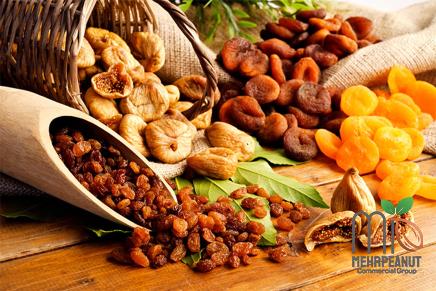
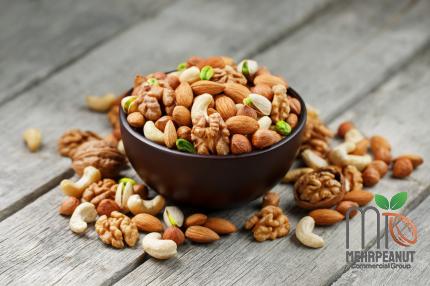
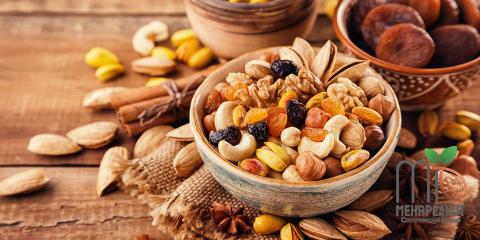
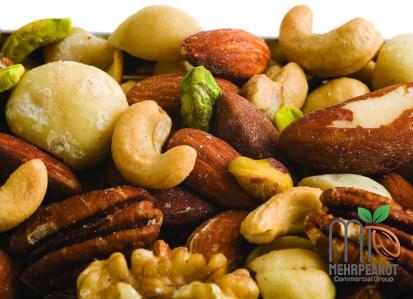
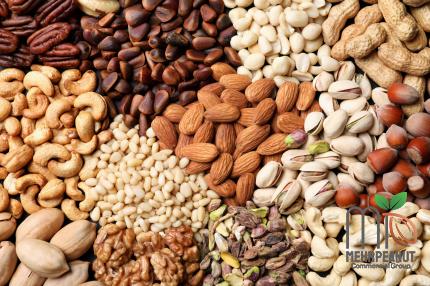
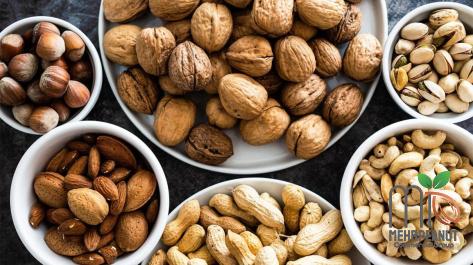
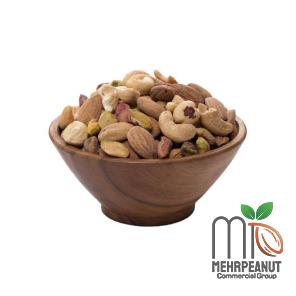
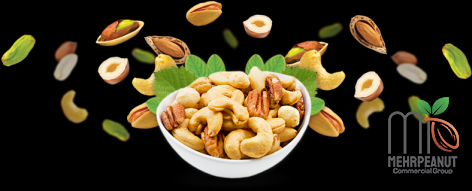
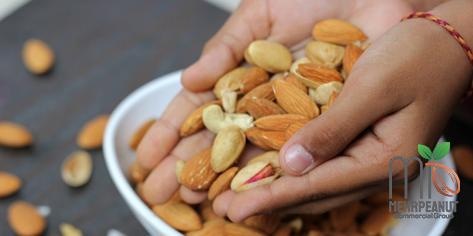
Your comment submitted.